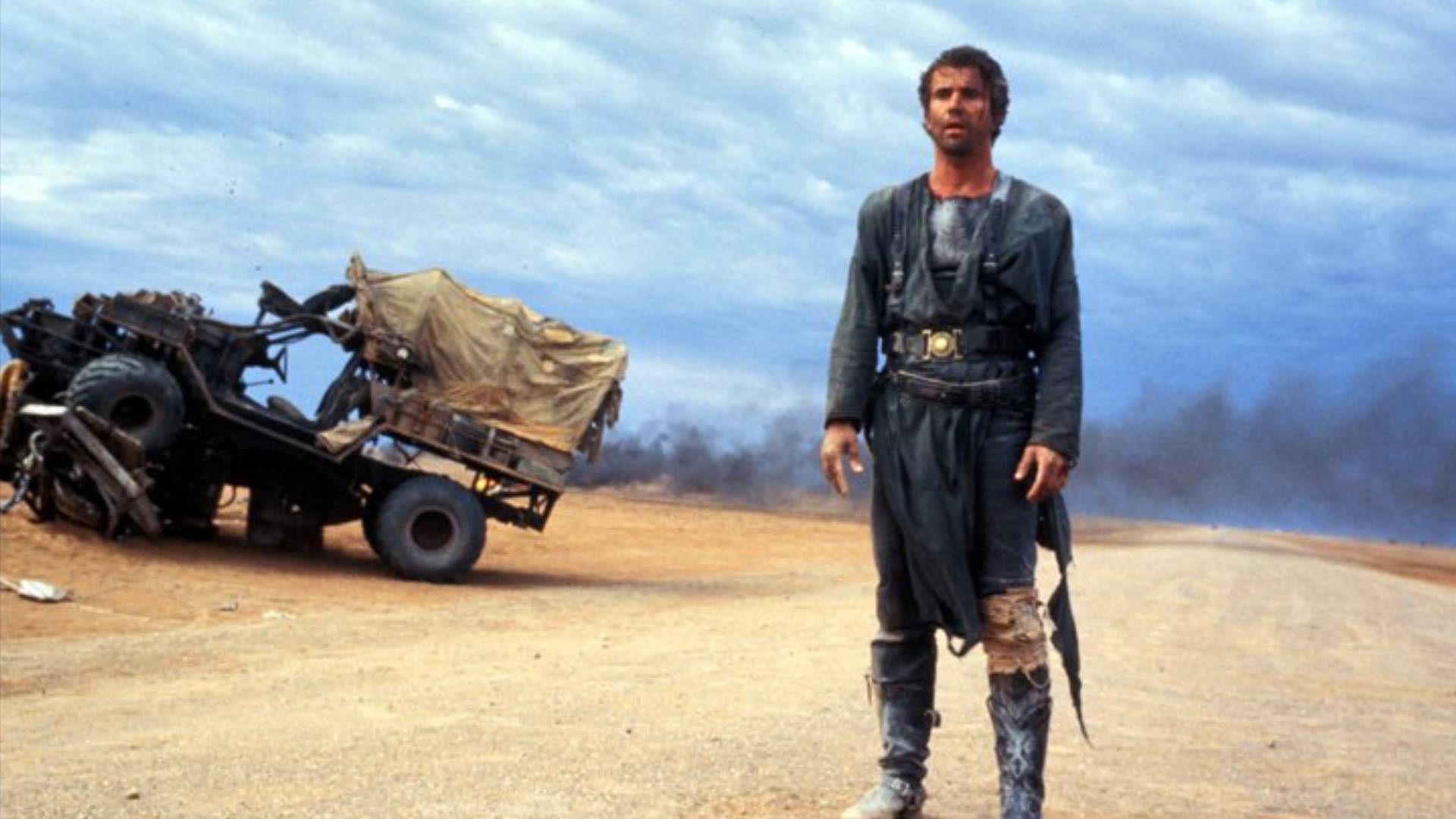
Though reasonably well-received in 1985, Mad Max: Beyond Thunderdome is generally considered the least-essential entry in George Miller’s post-apocalyptic saga. True, the threequel does take a step away from the punky cynicism and bleak violence of its predecessors, but this is a virtue, not a creative misstep.
The tone is more audience-friendly, the humor sillier; Miller was keen to inject proceedings with a sense of slick spectacle fit for the age of MTV and the summer blockbuster. After all, why repeat yourself? At this stage in his career, Miller was becoming increasingly ambitious. He had the itch and the vision to paint on a Hollywood-sized canvas, and he did so with aplomb. Beyond Thunderdome is as impressive a franchise reinvention as the (much) later Mad Max: Fury Road (2015).
Working with co-director/pal George Ogilvie, Miller has his first, exhilarating go at turning things up to 11. We get wilder costumes, bigger sets, weirder vehicles, stranger characters, a complex, charismatic villain in Tina Turner’s Aunty Entity and a thrilling chase climax inspired by Buster Keaton’s silent classic The General.
And then there’s Thunderdome. Could it be that the arena-of-death set-piece is the most original sequence in all '80s action cinema? Big talk, sure, but Max’s visceral, visually astonishing gladiatorial battle with Blaster is ripe for a lively Friday-night pub debate. That the term ‘Thunderdome’ has entered the pop-culture lexicon is further proof of the scene’s stature.
Another point to consider in its favor: the hopeful conclusion. Having rescued a group of innocent children from the nefarious Bartertown, our road warrior has found redemption, his humanity fully restored after years of aimless survival. This positive outcome is emotionally rewarding for the Mel Gibson iteration of Max, giving his arc a mythic sense of closure. The conversation may be all about Furiosa at the moment, but we need to talk more about how special Beyond Thunderdome is. Or is it just me?
Note: this article was mistakenly attributed to another author in the July edition of Total Film.







